NB in LIst | World Heritage Day: Here are 6 monuments printed on 'Indian Currency' that showcase India's rich heritage.
It is one of the outstanding examples of temple architecture and art as revealed in its conception, scale and proportion, and the sublime narrative strength of its sculptural embellishment.
Total Views |
India has a rich cultural heritage that spans millennia. From ancient scriptures to modern art, Indian culture is known for its spirituality, creativity, and diversity. There are some of India’s greatest monuments printed on the Indian currency to signify their importance to Indian cultural heritage.

On the occasion of World Heritage Day which is celebrated to raise awareness about the diversity of cultural heritage, monuments and sites, and hence let's explore historical Monuments printed on Indian currency.
KONARK SUN TEMPLE – 10 Rs note
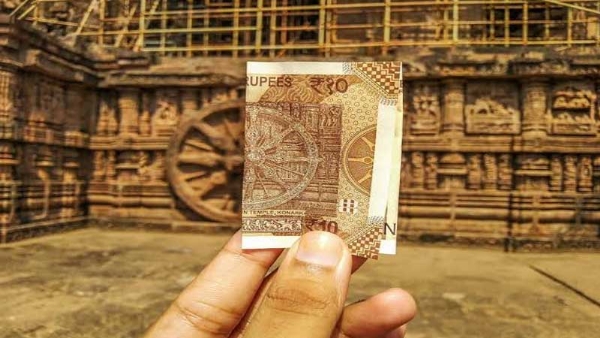
Iron Beams Stand the Test of Time: Konark Sun Temple's Remarkable Engineering in 1300 AD.
On the shores of the Bay of Bengal, bathed in the rays of the rising sun, the temple at Konarak is built in the shape of a chariot and dedicated to the Lord Sun. There are 24 wheels depicting 24 hours of the day and 7 horses depicting days of the week.
Watch reel :
It is one of the outstanding examples of temple architecture and art as revealed in its conception, scale and proportion, and the sublime narrative strength of its sculptural embellishment. The Sun Temple is the culmination of Kalingan temple architecture, with all its defining elements in complete and perfect form. In the year 1984, Sun Temple was declared a World Heritage Site of India by UNESCO.
Ellora Caves - 20 Rs note
Beyond the wonders
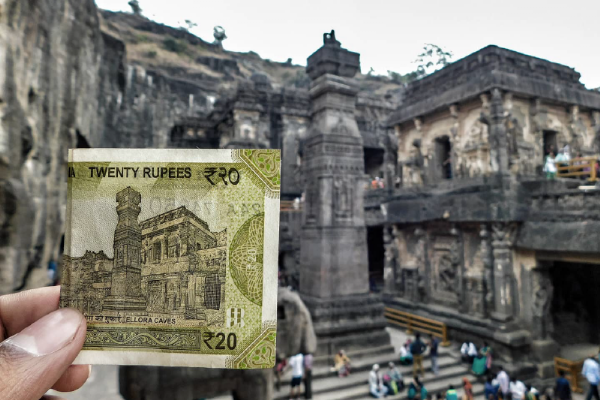
Ellora Caves which were declared as a World Heritage Site by UNESCO in the year 1983, are one of the largest rock-cut structures in the world. These 34 monasteries and temples, extending over 2 km, were dug side in the wall of a high basalt cliff.
The most remarkable cave temple of Ellora is Kailasa which is dedicated to the mountain range of Kailash of the Himalayas. The Kailasa Temple at the Ellora Caves in Maharashtra, India is the largest known Monolithic Structure on Earth. Its construction and how it was made is a mystery to this day.
Not only is the Ellora complex a unique artistic creation and a technological exploit, with its sanctuaries devoted to Buddhism, Hinduism, & Jainis, it illustrates the spirit of tolerance that was characteristic of ancient India.
Hampi- 50 Rs note
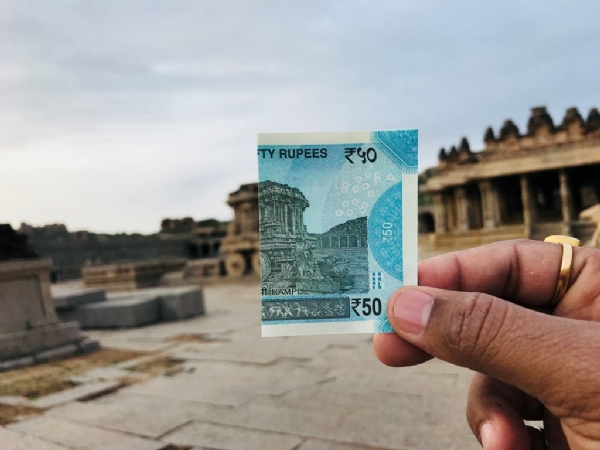
Located in Karnataka, Hampi town is home to around 250 ancient monuments and temples A peak into the history of Southern India, Hampi was considered the second largest city in the world. It is one of the most searched historical places in India.
Hampi is scattered with ruins of giant monuments of the Vijayanagar Empire which were built with granite rock stones that existed in abundance in the town. There is an interesting tactic that the artists of those times followed to cut these gigantic stones and changed them into bits of art pieces in that old age. When a rock was cut, a sequence of holes was made on the stone’s surface.
The Vittala temple of Hampi is known for its extraordinary architectural marvel-56 melodic columns or the musical pillars. these pillars create melodic sounds when tapped delicately. Hampi was declared a World Heritage Site in India by UNESCO in the year of 1986.
Sanchi Stupa- 200 Rs note
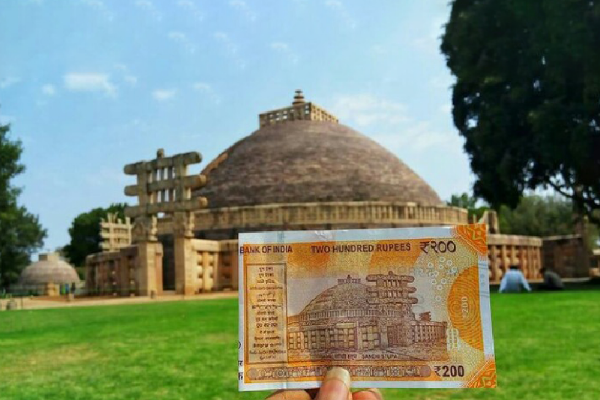
On a hill overlooking the plain and about 40 km from Bhopal, the site of Sanchi comprises a group of Buddhist monuments (monolithic pillars, palaces, temples and monasteries) all in different states of conservation most of which date back to the 2nd and 1st centuries B.C. It is the oldest Buddhist sanctuary in existence and was a major Buddhist centre in India until the 12th century A.D.
Rani ki Vav- 100 Rs note
An architectural and geometrical marvel
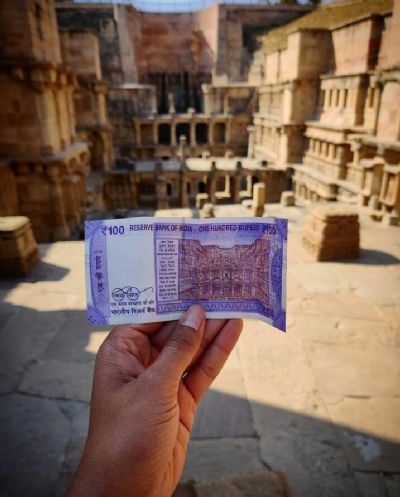
Rani Ki Vav is a stepwell that is situated in the town of Patan in Gujarat which is a state in India. It is located on the banks of the Saraswati River. Rani ki Vav traces its origins back to the 11th century when the Chalukya Dynasty was in power. The popular assumption is that the well was commissioned in 1063 by Rani Udayamati for her husband Raja Bhimdev I. A collection of semi-historical Sanskrit narratives named Prabandha.
The step well is designed as an inverted Temple highlighting the sanctity of water, divided into 7 levels of stairs with sculptural panels. There are 212 pillars in the Stepwell and around 800 sculptures in the inner walls of the Vav.
Red Fort- 500 Rs note
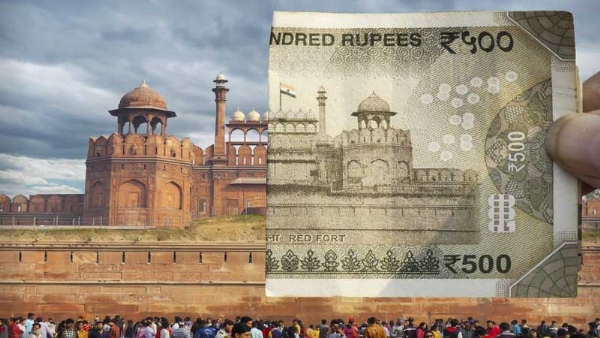
Lying at the heart of Delhi, the majestic Red Fort, a UNESCO World Heritage Site and one of the Iconic Sites of the country. It was built by Emperor Shah Jahan as the palace fort of his capital Shahjahanabad. Ever since India got independence, every year Prime Minister of India hoists the flag and addresses the nation on Independence Day from Red Fort.

